Those shoes have lost their masters
Author:WELENS Time:2022.06.17
Tibetan shoes, high heels, boots, children's Mary Zhen shoes, lined up in one word, as if it was a team of testimony.
On August 22, 2009, 33 pairs of red shoes appeared on the streets of the city center of Huarez, Mexico.
People passing by will look down at these red shoes. Who is the owner of the shoes and what happens?
These unmoved, no -main shoes are the stand -in of hundreds of missing women and girls in Huarez, and also the "ZAPATOS Rojos" exhibition of Mexican visual artist Elina Chauvet. She said "no" to "gender violence" through these red shoes.
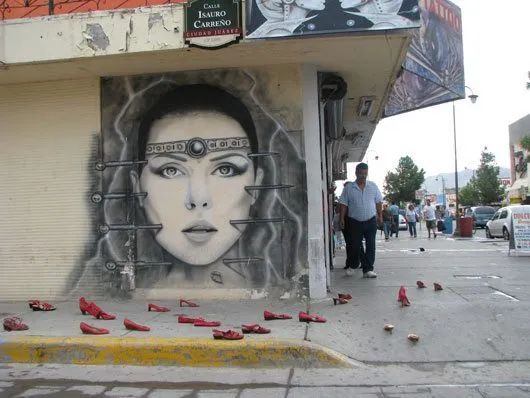
In 2009, the first red shoe device of Chauvet, Chires, Mexico, Mexico. A Elina Chauvet
Red shoes
ZAPATOS Rojos
"Shoes are absent, and the absence is visually seen. Red is the blood that once splashed, and it is also the love that this work will talk about." Elena Xiaowei described her work so.
Elena Xiaowei was born in 1959 and has been creating works related to gender violence for decades.
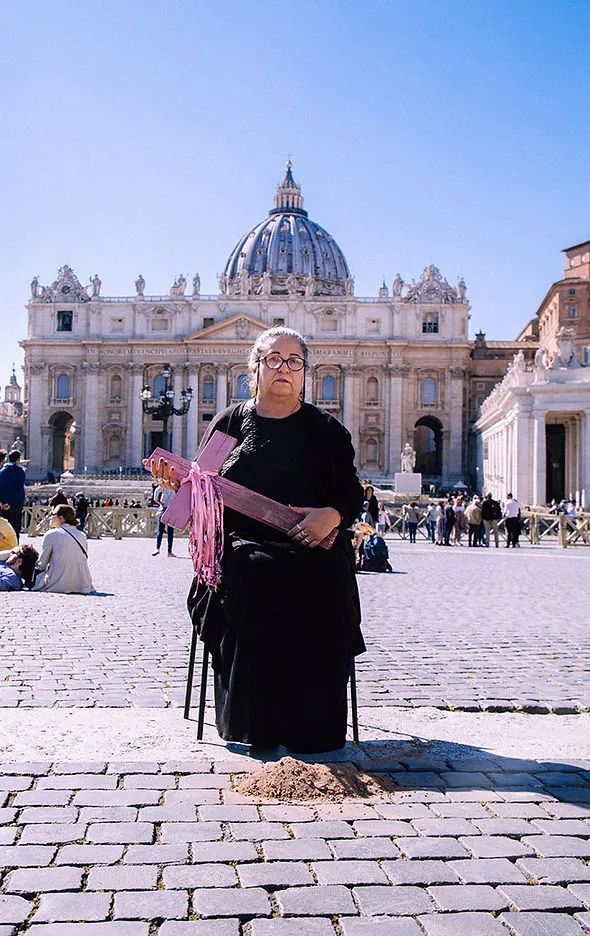
In March 2019, Roman, Italy, Elena Xiaowei performed a ritual performance for the murderer.
An Maria FeanceSca Silvesstri
"In my childhood, I have been building and inventing things, immersed in my own imagination." Elena Xiao Wei recalled in an interview, "I have known that I want to learn art from the age of eight years old. And architecture. "
But in the city of Huarez, there was no place to learn, and she started to learn.
In 1993, her sister died of family violence, and the murderer, the husband's husband, had not been prosecuted. The death of her sister caused a lot of damage and pain to her, and she could only vent and heal through art.
In 1994, she won a prize. The bonus gave her the opportunity to paint in one year and hold a personal exhibition.
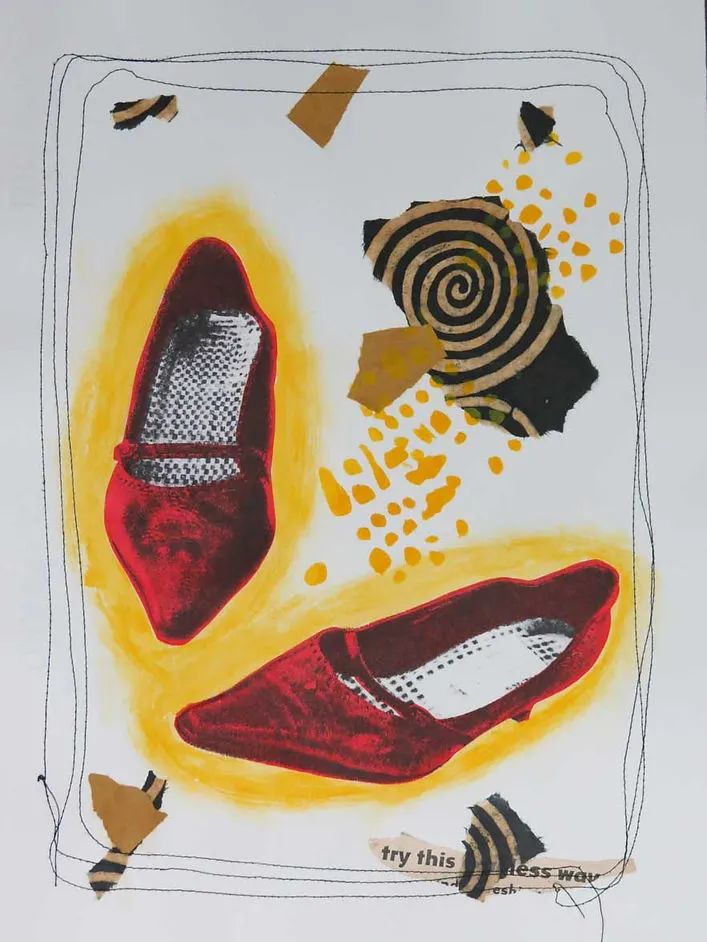
During this period, Elena Shawo began to realize the abduction and murder of women in the city of Huarez and its surrounding areas. Her oil paintings are carried out around social issues, covering immigrants, women who have disappeared or murdered by Walles, assassination and corruption in Mexican politics, and so on.
In 2009, when Elena Xiaowei attended the community art seminar organized by the state government, Walrez's violence began to upgrade and lost control.
She found that there were many posters looking for missing girls on the electric pole in the city center. "At this time, I realized that women were dying or missing." Elena Xiaowei recalled that since then, she began to look for the girl's missing answer, but there was no result. The media did not fully report these incidents, and the headlines in the newspaper were news of gangs.

The tracing of the street
In the later survey, Elena Xiaowei found that the probability of showing shoes was very high. "A few missing young women work in the shoe store, or on the way to find a job in the shoe store, or buy shoes to buy shoes On the way. This similarity attracted my attention. "
So she thought of the "red shoes" project.
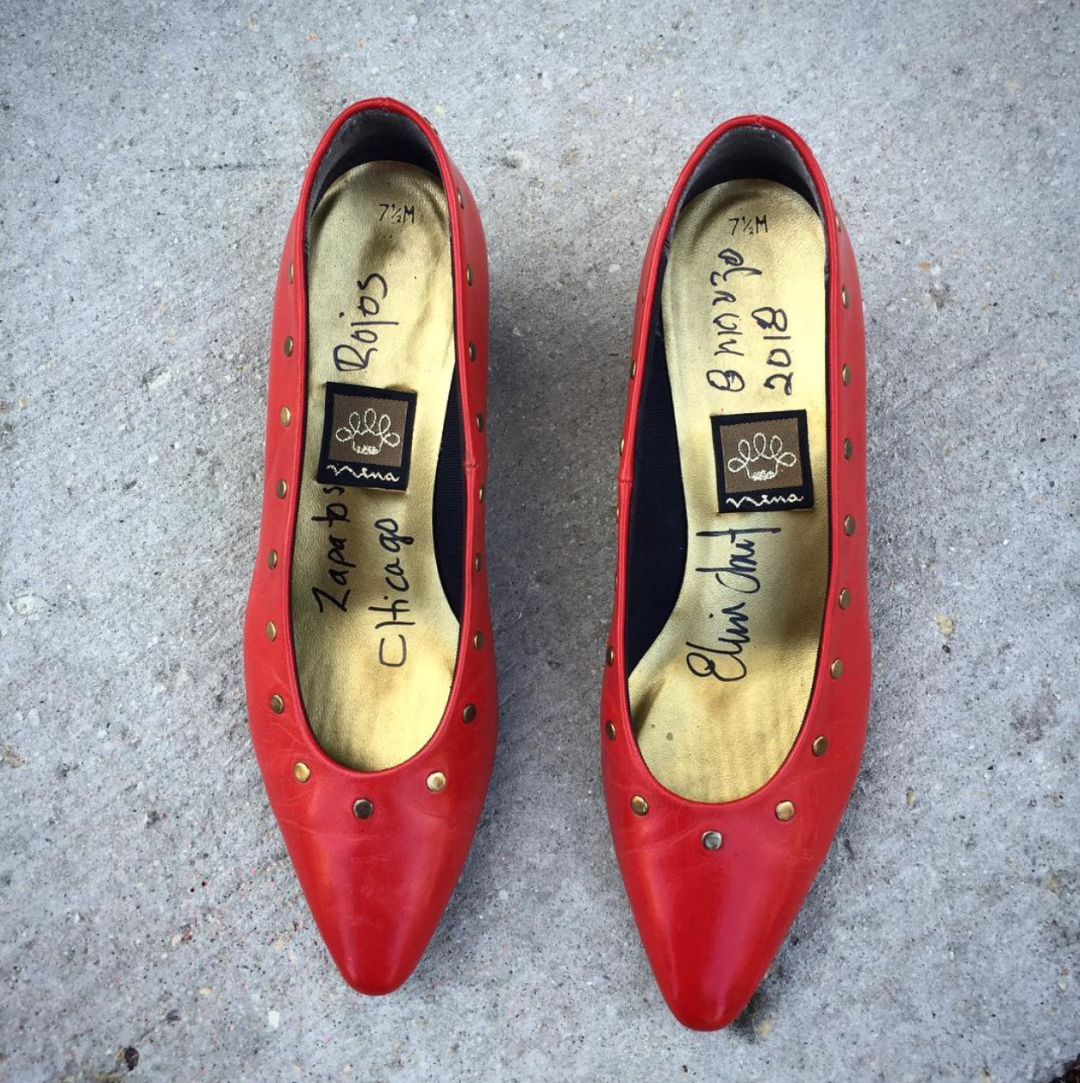
She wants to make "red shoes" into "an incident, a social incident", because she knows that "many activists who discuss this issue will be intimidated or killed. Passing information can also play a role in protecting. "
So she began to make a request to donate red shoes through her friends. Soon, she received 33 pairs of shoes.

The day before the exhibition, when Elena Xiao Wei was looking for the installation location in the city center, she also witnessed a murderous incident, which left a deep impression on her and strengthened what she had to do.
The next morning, with the support of his brother, they started installing shoes. At the beginning, there were almost no one on the street. Later, there was a heavy rain, and it seemed that the sky was crying. Fortunately, this heavy rain lasted only less than 20 minutes. Wuyun scattered, the sun came out, and they continued to show their shoes.
There are more pedestrians on the street and began to be full of people who interact with shoes. People on the sidewalk are discussing what these shoes are. Slowly, these shoes began to attract the media.
The "red shoes" project was born.

City of Girl Death
Farrez, Mexico, is located on the US -Mexico border.
There is a city in the border, named EL PASO DEL NORTE, which means the northern pass. After the US -Mexico war, the north pass was divided into two, and the north part gradually referred to as El Paso. The south part was renamed Ciudad Juarez to commemorate Mexican hero Benito Walles.
El Passo and Huares are veritable in a city of two countries. They are separated by a Grand River. It is the United States in the north and Mexico in the south. There is no suburban area in the middle.
The unique geographical location has become the soil that breeds crimes, drug trafficking, population smuggling, gun killing, etc. Every day in Walles, people often find new corpses on the roadside when walking.

In 2012, El Pasau, Texas, USA. H Carolina Heimpe
As a result, Huarez is called the "capital of murder." In 2008, Walrez's murder rate was as high as 132 per 100,000 people per year, ranking first in the world, and the total population of Huarez at that time was only about 1.3 million. In order to improve local public security, in 2009, the Mexican government sent troops to Walres on February 28, March 2 and March 13. However, due to the "too powerful" of Huarez's criminals, the phenomenon of "police bandits" appeared locally.
Women's death is even more common. From 1993 to 2009, more than 400 women were brutally killed. Most of the victims are migrant girls or female students. They are between 15 and 20 years old, and most of them have been raped and abused before their death. Most of their bodies were abandoned in the wilderness, and some were even dismembered, and some organs were missing.
Looking at the reports at the time, the case was cruel to make people point out.
However, due to the large number of victims, the authorities did not pay attention to it. Most of the police could do the bodies after the incident. In order to find relatives, the disappeared family members had to dig the grave of unknown victims to see if there was their own loved ones.
The relatives of the female victims of violence and women from different groups are installing "red shoes".
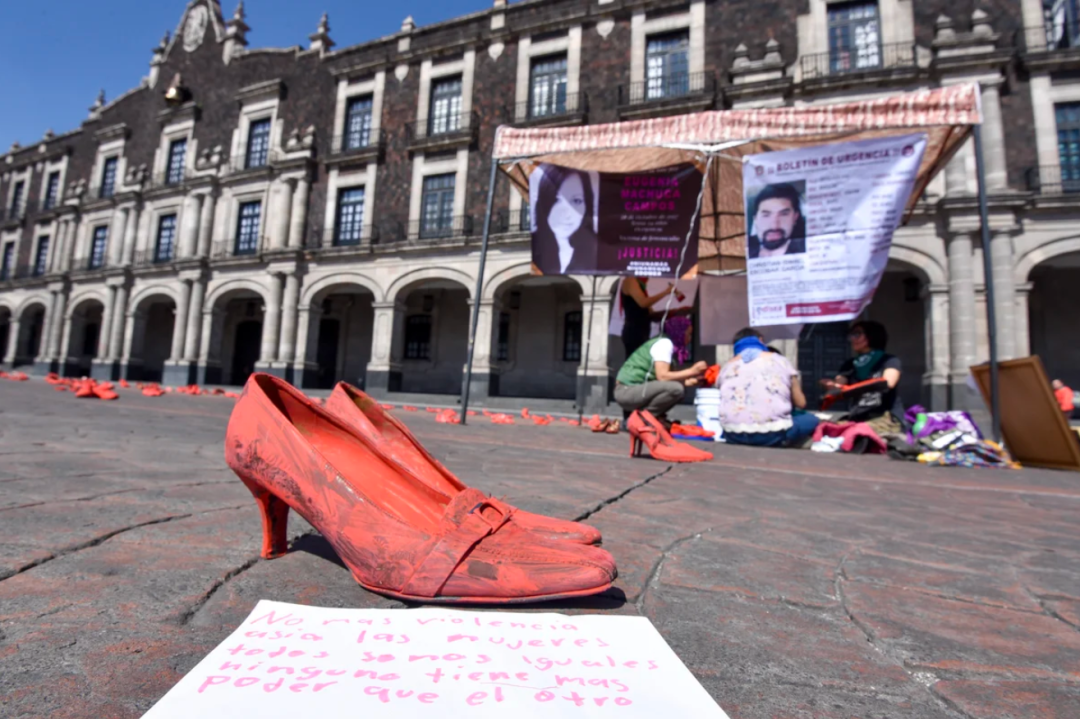
Image source: Crisanta Espinosa Aguilar/Cuartoscuro
Walrez and Mexican authorities do not care about the pain that hundreds of families bear. They even further exacerbated this problem and murdered many activists who condemned the lack of justice.
Telling love works
In the past ten years, Mexico's violence against women has not decreased.
Official data from Mexico shows that from the five years from 2015 to 2019, the number of cases established by "killing women" in Mexico increased year by year. In 2019, this number has been more than doubled in 2015, from 976. In the first quarter of 2020, 964 women died in various forms of murder.
At the same time, among all the victims of women's murder cases, only 25.6%of the crimes of "killing women" were considered by the court, which was slightly higher than a quarter.
In December 2019, "Red Shoes" exhibited in Newu in Argentina.

39 -year -old Elizabeth Campos, from the neighboring Okukiak, from the neighboring Mexico, her sister was murdered there in 2017. According to her, a suspect was detained and sentenced, but at the last moment, he alleged from killing women to murder.
Relevant organizations said that the Mexican government often does at multiple levels to forge the statistics of gender violence. Not only Mexico, the entire Latin America's violence to women is very serious. According to the United Nations statistics, in Latin America, one of each three women has encountered sexual violence or physical violence.
In 2021, the "Red Shoes" exhibition was installed on the Lago Puelo Central Square in Argentina.

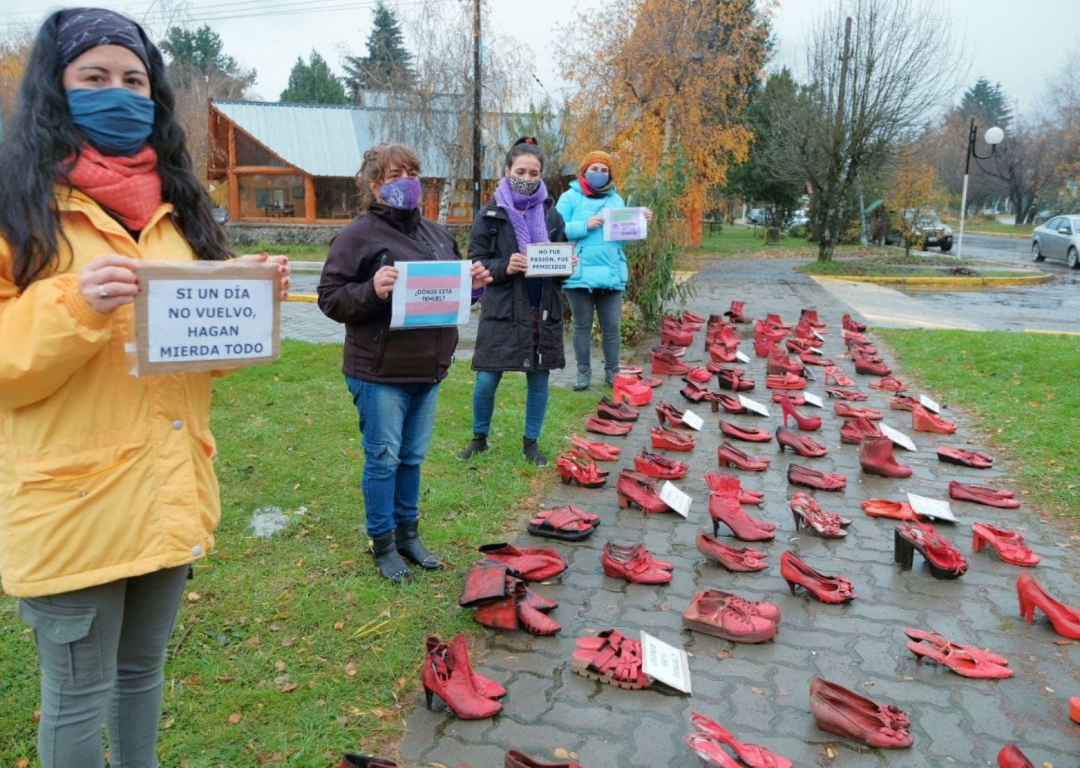
Elena Xiaowei's "red shoes" was originally scheduled to be completed in September 2011, but she later changed her thoughts.
She wants to do it all the time.
Under the circumstances of the world's worldwide, "red shoes" have gone to the world and have been exhibited in many cities in Europe, Latin America, Mexico, and the United States, becoming a symbol of opposition to gender violence.
In 2013, Italian Raza María cherubini

In 2013, FraanceSca Guerisoli, Turin, Italy
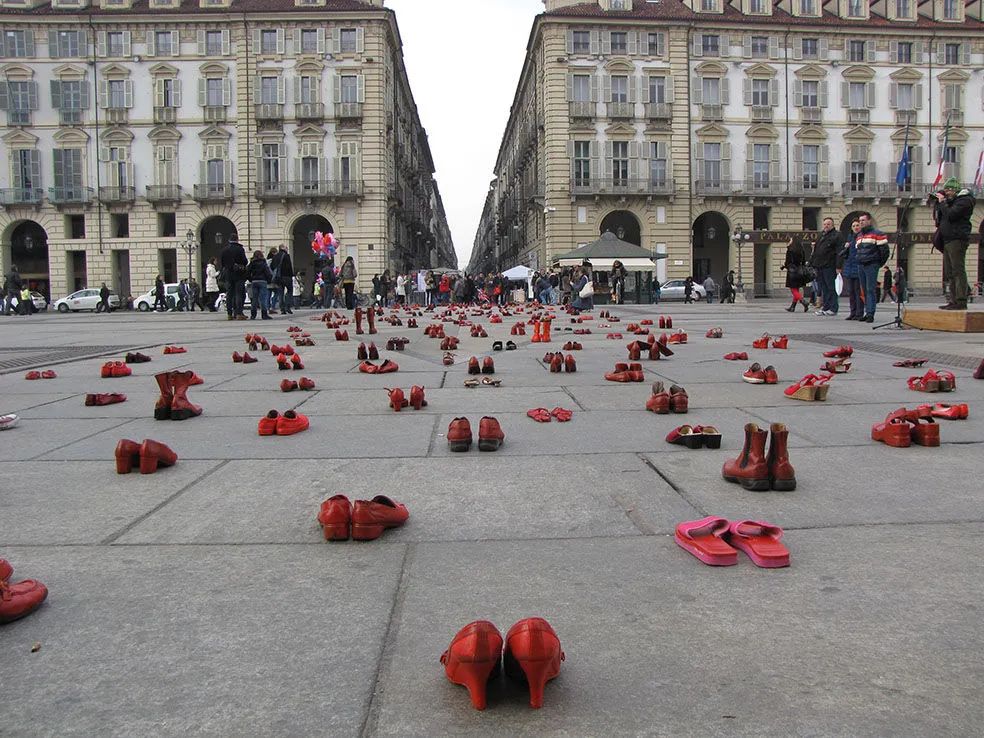
In 2016, Elina Chauvet, Gothenburgh, Sweden
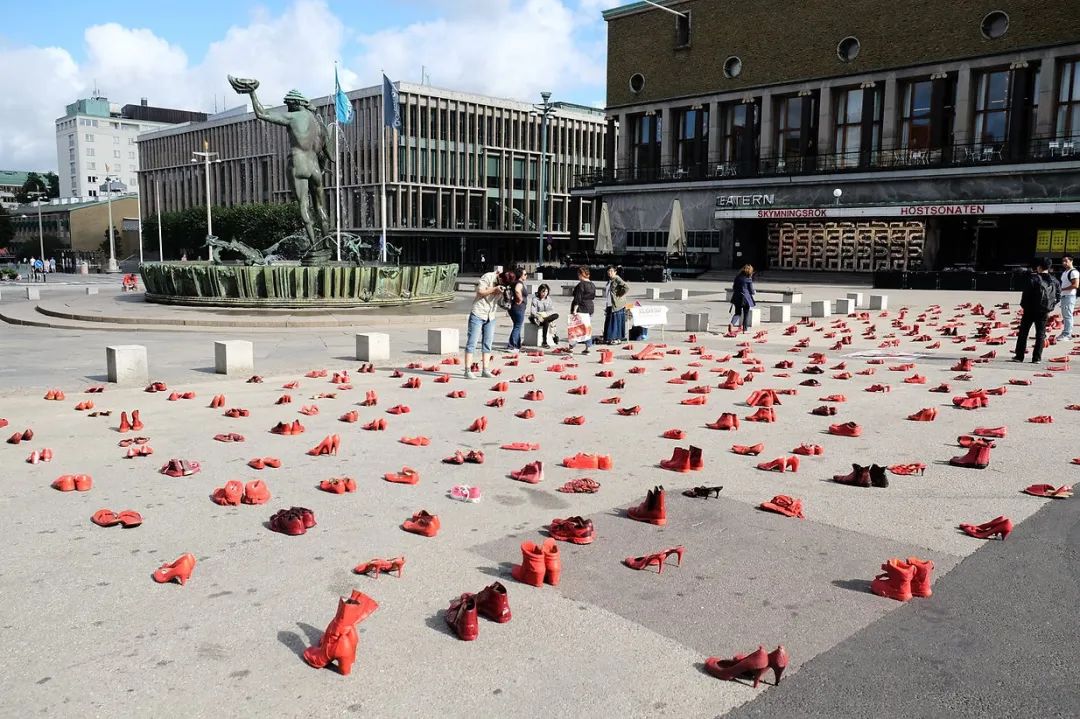
In 2016, the Spanish Binhai Malgrate © Elina Chauvet

In 2018, Elina Chauvet, San Diego, Chile
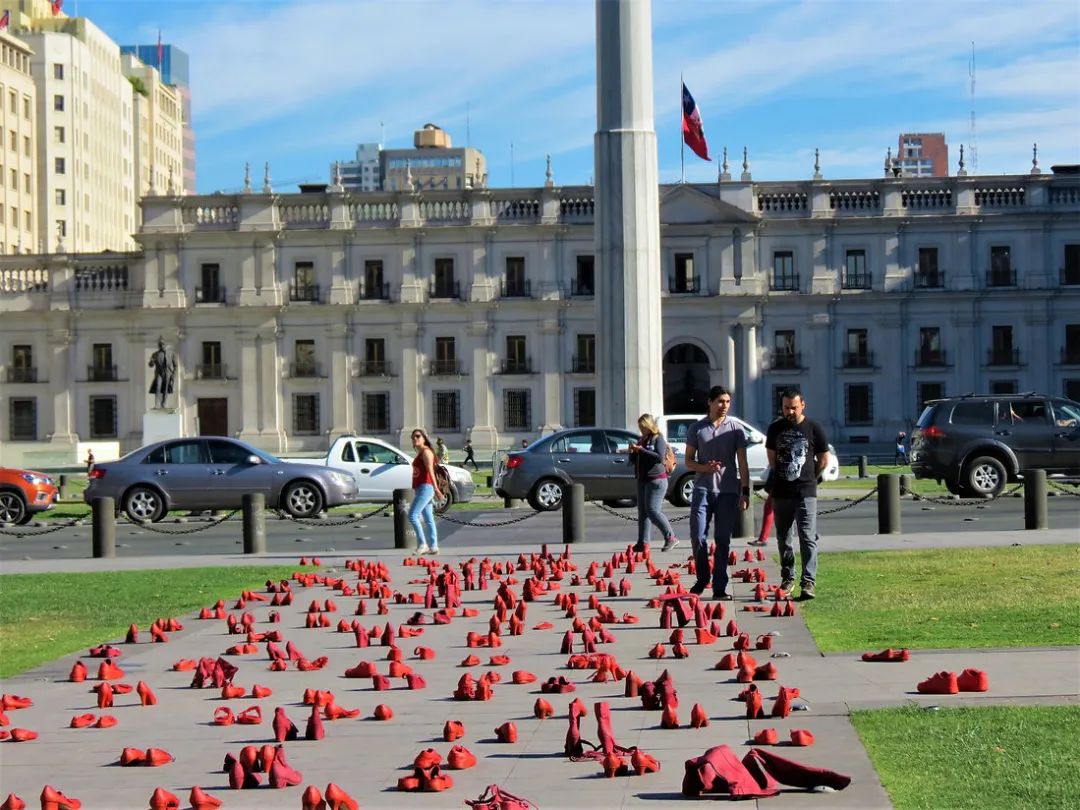
Many of these shoes, many shoes worn when they were killed, and some were not red, but their families were willing to apply them to red.
E Gloria de Felice

Elizabeth Campos also brought her sister's photos and shoes to Elena Xiaowei. She said, "Those shoes have lost their masters -those women who have been taken away from us."
As Elena Xiaowei said, "Red represents the blood sprinkled, but this is also a work that tells love."
Although the "red shoes" did not reduce the number of female violence to a certain extent, this work is turning the topic of taboo into a national or even global public issue.
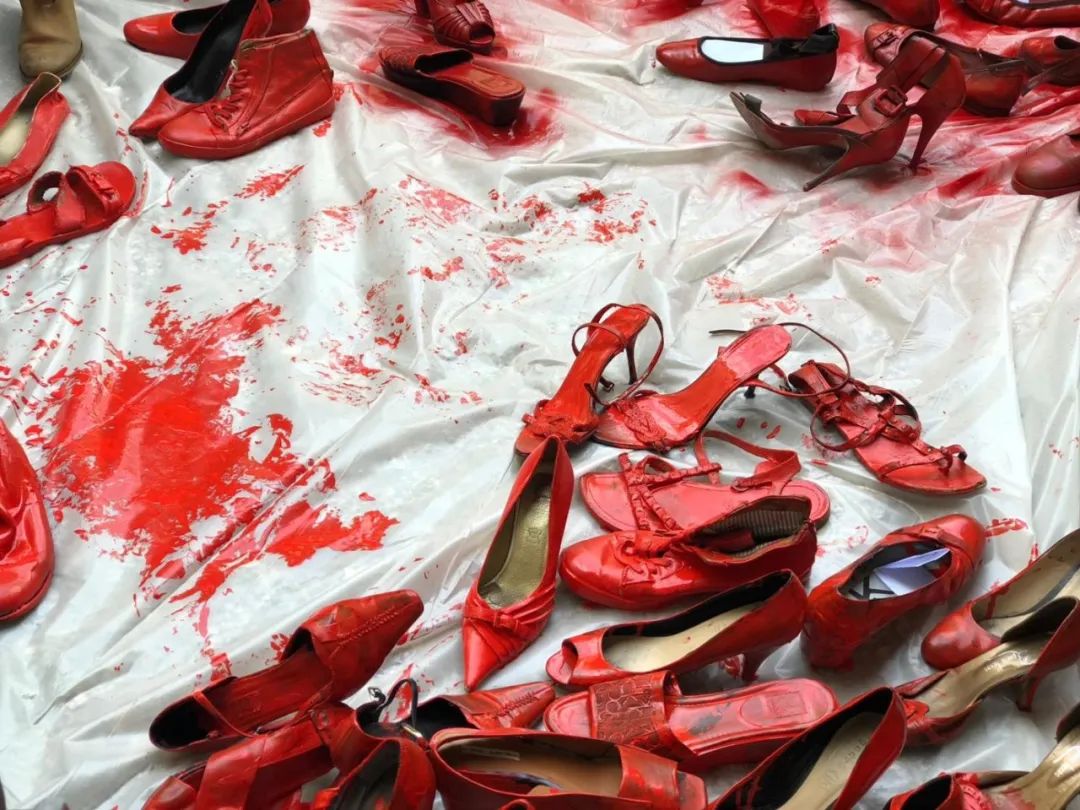
Elena Xiao Wei firmly believes, "Although it doesn't seem to change immediately, I think there will be, and it will eventually."
Edit: Xiaomeng operation: yun
- END -
Tslitz: This is never expected by Putin

Foreign media: Biden talks with Shuoerz to show off Western unity to PutinThe Seve...
Pakistani: Pakistan students have begun to return to China to complete their studies

According to the Pakistanian United News Agency (APP) reported on the 20th, the Mi...